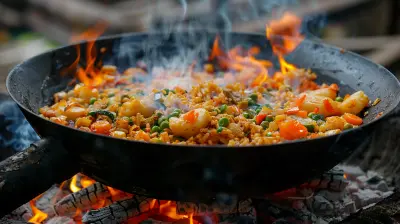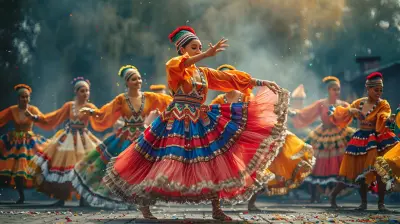Handwoven Tales: The Art of Basketry and Cultural Heritage
3 May 2025
Basketry is more than just weaving fibers together—it's a craft that tells stories, preserves traditions, and connects generations. Across the world, different cultures have developed their own unique styles of basket-making, each reflecting their environment, history, and way of life. But how did this art form begin, and why does it still hold value in today’s fast-paced, technology-driven world? Let's unravel the woven wonders of basketry and its deep cultural significance.
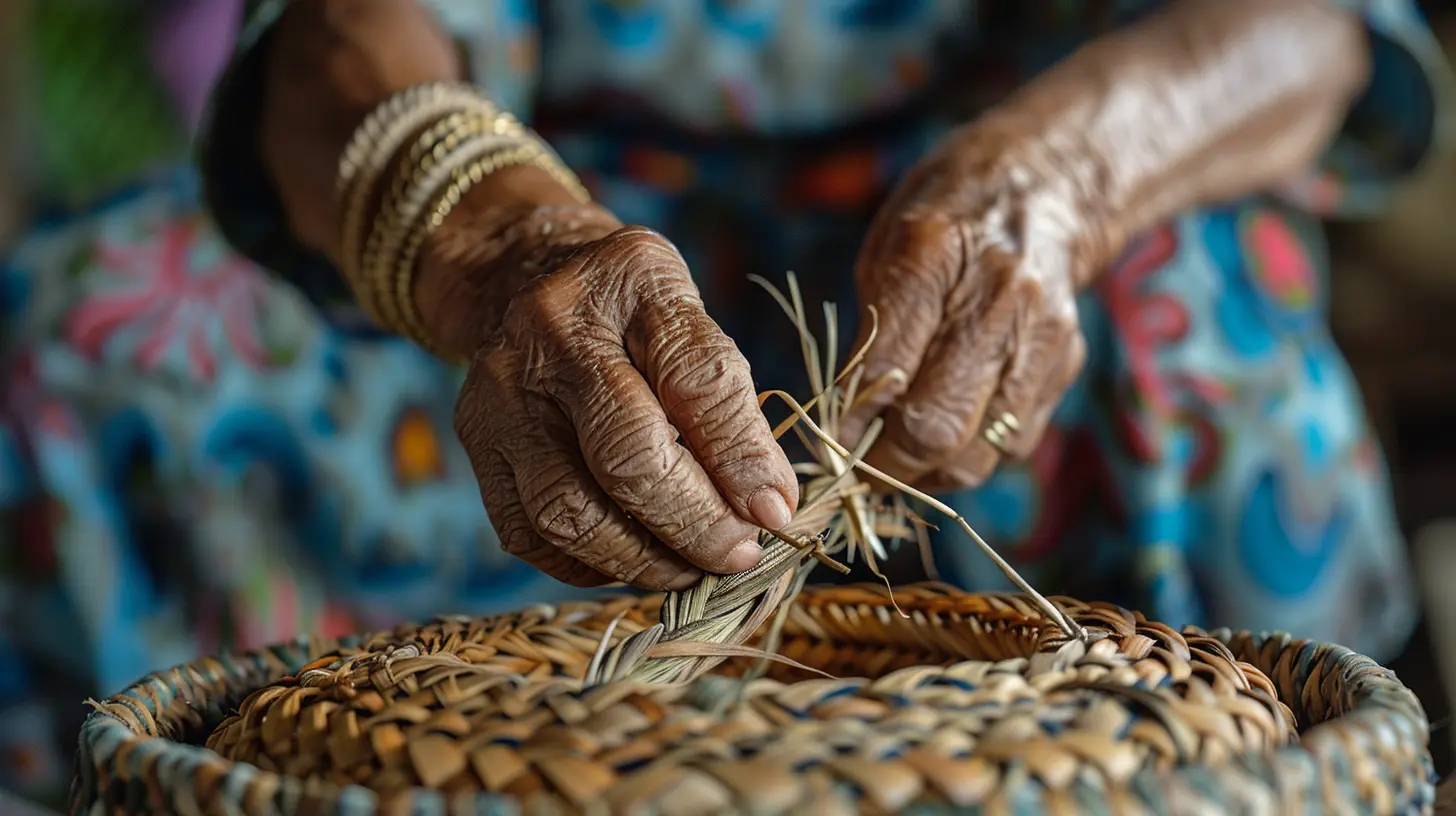
The Origins of Basketry
Basketry is one of the oldest crafts known to mankind. Its history dates back thousands of years, with evidence of woven baskets found in ancient Egyptian tombs, prehistoric Native American sites, and even in the remains of early Asian civilizations. Before pottery, people used woven baskets to carry food, store grains, and even cook by placing heated stones inside them.The beauty of basketry lies in its simplicity—early humans used materials found in their environment, such as reeds, willow branches, bamboo, or palm fronds, to create practical yet beautiful items. Although these materials were perishable, the techniques and traditions survived through generations, passed down like treasured family heirlooms.
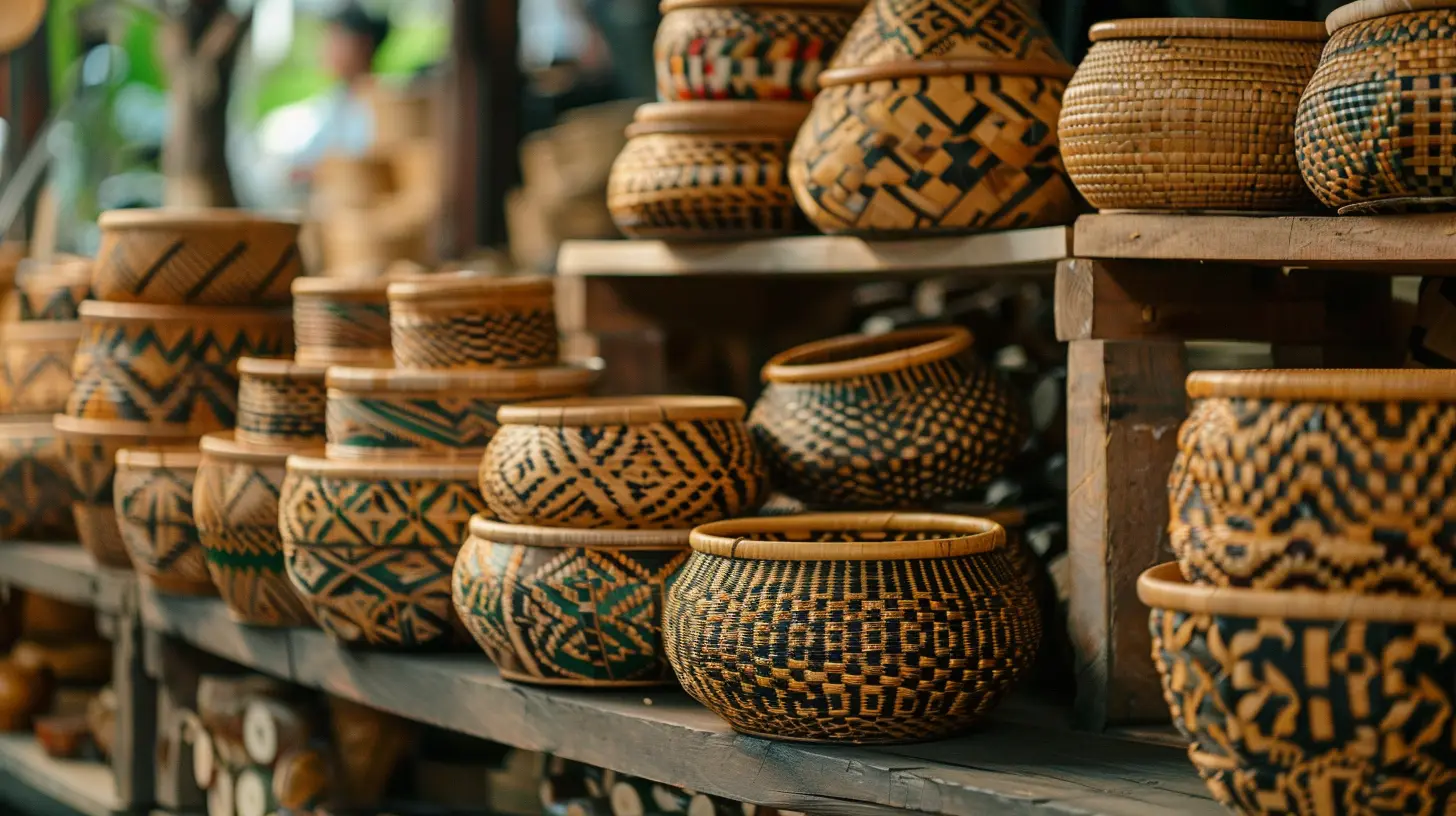
Weaving Cultures: Basketry Around the World
Every culture that practices basketry has its own unique style, materials, and techniques. Let’s take a journey through different regions and see how this craft has evolved.Africa: A Symphony of Colors and Patterns
Africa boasts a rich tradition of basket-weaving, with artisans creating intricate designs rooted in symbolism and tradition. The Zulu people of South Africa, for example, are known for their beautifully patterned baskets made from palm fibers and grasses. Each color and shape tells a story—whether it's about family lineage, status, or even messages of love and sorrow.Another famous African tradition is the weaving of Bolga baskets in Ghana. Made from elephant grass, these sturdy, colorful baskets are not only functional but have gained global popularity for their beauty and durability.
Asia: Precision and Spiritual Connection
In Asia, basketry takes many forms, often reflecting the region’s deep connection with nature and spirituality. In Japan, baskets have been used in tea ceremonies for centuries, carefully crafted to serve both aesthetic and practical purposes. Chinese bamboo weaving, on the other hand, demonstrates the importance of precision and patience, with some artisans crafting baskets so finely woven that they resemble lace.Southeast Asian countries such as the Philippines and Indonesia also have strong basket-making traditions, with indigenous communities using rattan and pandan leaves to create baskets for fishing, farming, and carrying goods. These baskets are often seen as sacred, given their role in daily survival.
Native American Basketry: A Sacred Art
Native American tribes have practiced basketry for thousands of years, with each tribe developing its own unique designs and techniques. The Hopi and Navajo use coiling methods to create intricate patterns, often depicting nature, animals, or spiritual symbols. The Pomo people of California are famous for their feathered and beaded baskets, which were used in ceremonies and as gifts of honor.Basketry in Native American culture is more than just a craft—it’s a spiritual connection to the earth, as plants used for weaving are often harvested with ritual and respect.
Europe: From Function to Fashion
In Europe, basketry evolved from traditional, functional designs to fashionable accessories. French and English wicker baskets have been used for centuries for carrying bread, fruits, and even babies! In the 19th and 20th centuries, woven handbags became a symbol of sophistication, showing just how versatile this ancient craft can be.Even today, countries like Spain and Portugal produce stunning handwoven basketry using natural fibers like esparto grass and rushes, blending traditional skills with modern aesthetics.
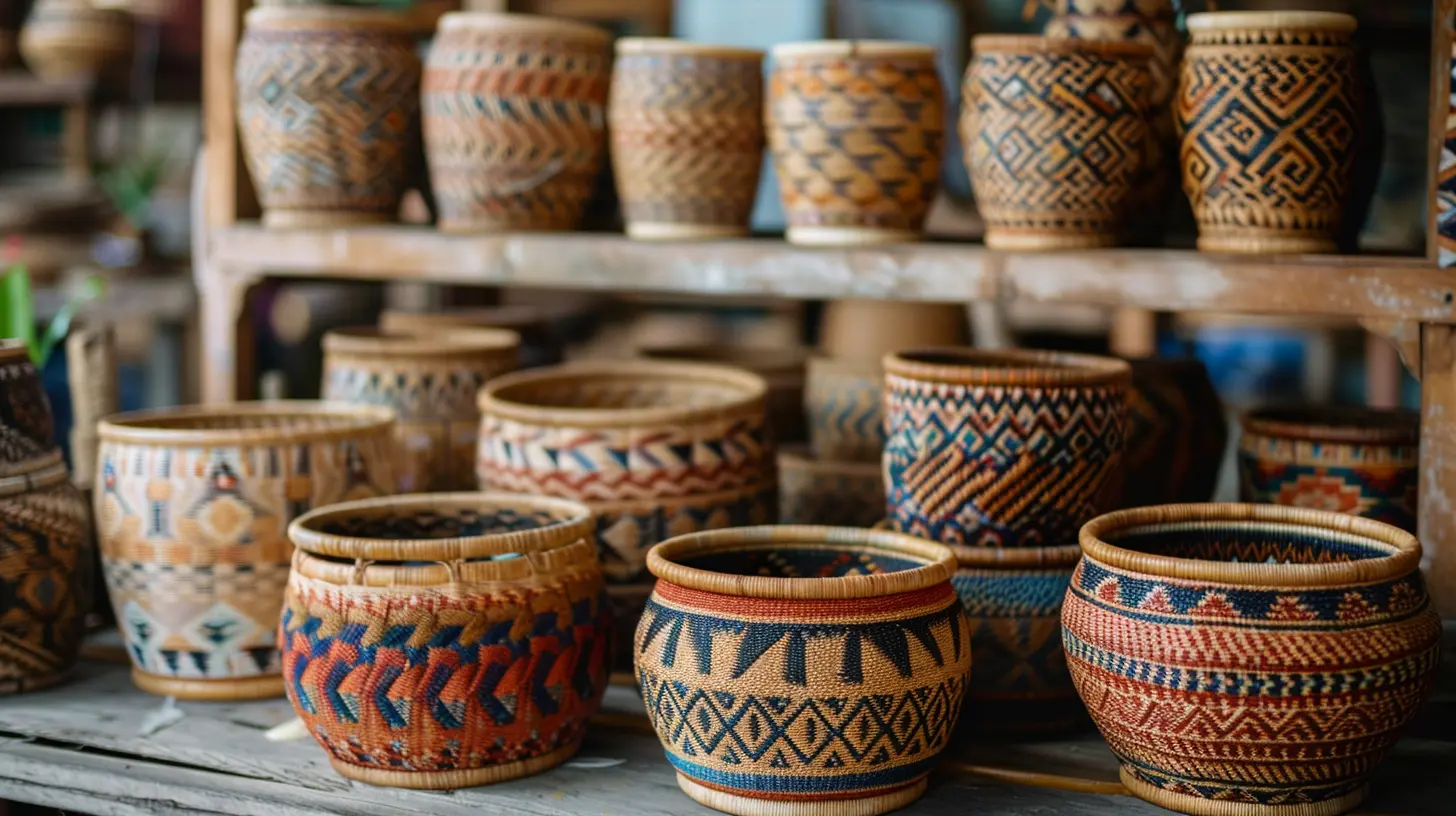
The Basketry Renaissance: A Return to Handmade Traditions
In an era ruled by mass production, there’s something truly special about handcrafted items. Today, basketry is experiencing a revival as people seek sustainable alternatives to plastic and machine-made products. Artisans and local communities are keeping this ancient tradition alive, adapting it for modern needs while preserving its cultural significance.Brands and designers are also recognizing the value of handmade baskets, incorporating them into home decor, fashion, and even eco-friendly packaging. This renewed interest in basketry isn’t just about aesthetics—it’s also about supporting traditional craftsmanship, ethical production, and environmental sustainability.
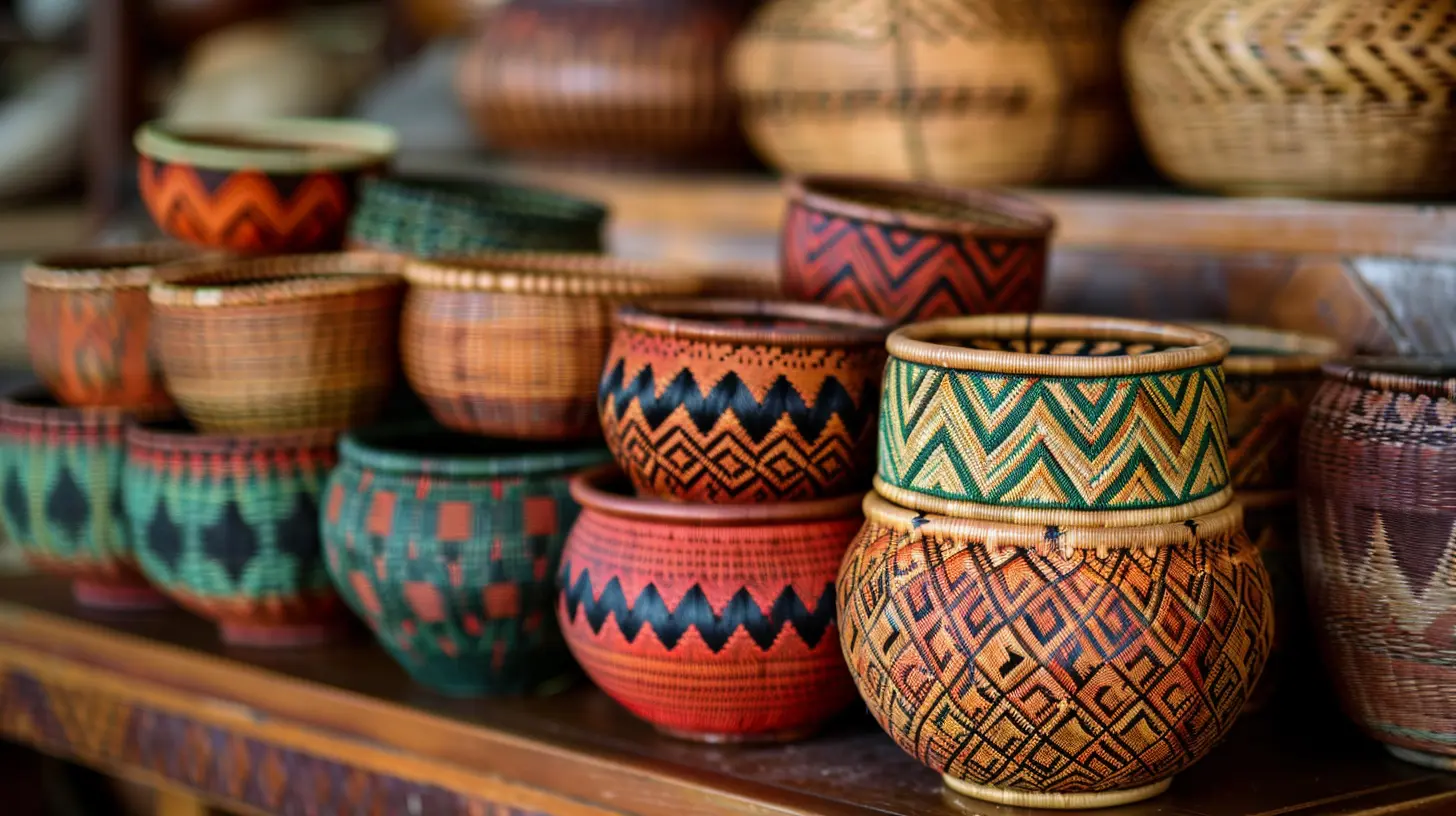
Why Basketry Still Matters Today
So, why should we care about basketry in the 21st century? Aside from its beauty, basketry holds deeper meaning:- Sustainability – Unlike plastic or synthetic materials, handcrafted baskets are biodegradable and made from renewable resources.
- Culture Preservation – Each basket carries a story, preserving traditions that might otherwise fade away.
- Community Empowerment – Basket-making provides livelihoods for artisans worldwide, ensuring that traditional skills are passed down to new generations.
- Creativity & Mindfulness – Weaving is a meditative process that fosters creativity, patience, and attention to detail.
Bringing Basketry into Your Life
Want to connect with this ancient craft? There are plenty of ways to incorporate basketry into daily life:- Decorate with handmade baskets – Use them as wall art, storage, or planters to add warmth and texture to your home.
- Support artisans – Buy directly from local weavers or fair-trade organizations to support traditional craftsmanship.
- Try weaving yourself – Many workshops and online tutorials teach basketry techniques, allowing you to create your own handwoven pieces.
Final Thoughts
Basketry is more than just a craft; it’s a living tradition that weaves together history, culture, and sustainability. Whether you're admiring a beautifully woven basket from Ghana, using a traditional Lakota storage basket, or trying your hand at weaving, you’re participating in an art form that has stood the test of time.So next time you see a handwoven basket, take a moment to appreciate the skill, patience, and history woven into its fibers. These aren’t just objects—they’re stories, traditions, and cultural gems passed down through generations.
all images in this post were generated using AI tools
Category:
Cultural ExperiencesAuthor:

Tracie McAdams
Discussion
rate this article
4 comments
Maxwell McGovern
Explore the vibrant world of basketry, where each piece tells a story steeped in culture and tradition. Embrace the artistry and creativity of artisans, and let their handwoven tales inspire your journey and connection to heritage!
May 14, 2025 at 4:04 AM

Tracie McAdams
Thank you for highlighting the rich cultural significance of basketry! Each piece indeed weaves a unique story, reflecting the artistry and heritage of its maker. I'm glad you're inspired by this beautiful craft!
Nyxaris Barron
Discover the woven narratives of basketry—where each handcrafted piece tells a story, bridging cultures and traditions, and inviting us to explore the beauty of heritage.
May 6, 2025 at 4:12 AM

Tracie McAdams
Thank you for your insightful comment! Indeed, every basket is a unique narrative that beautifully connects us to diverse cultures and traditions.
Darius Weber
Beautifully captures the essence of heritage through skilled craftsmanship!
May 5, 2025 at 2:21 PM

Tracie McAdams
Thank you! I'm glad you appreciated the blend of craftsmanship and heritage in basketry.
Luna Ramos
Thank you for highlighting the beauty and significance of basketry. It's heartwarming to see how these crafts preserve cultural heritage and tell stories, connecting us all through tradition and artistry.
May 4, 2025 at 4:00 AM

Tracie McAdams
Thank you for your thoughtful comment! I'm glad you appreciate the beauty and cultural significance of basketry—it truly is a powerful way to connect through tradition and storytelling.
